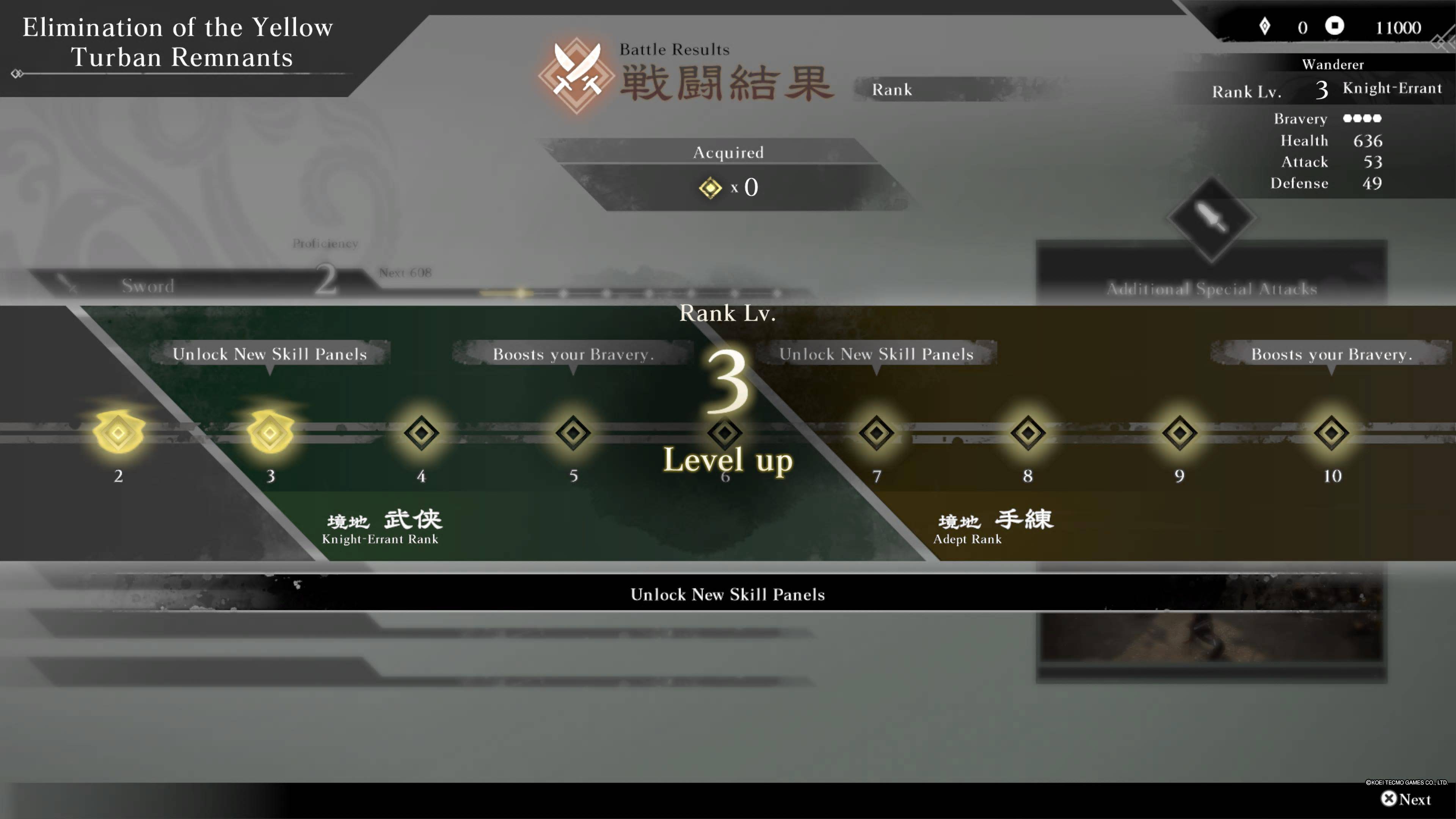Nvidia RTX 5070 Ti vs. AMD RX 9070 XT: Battle of GPUs
While the Nvidia GeForce RTX 5090 may dominate the high-end graphics card market with its impressive performance, its steep price tag of $1,999 and above is out of reach for many gamers. Fortunately, you don't need to break the bank to enjoy stunning 4K gaming. The Nvidia GeForce RTX 5070 Ti and the AMD Radeon RX 9070 XT offer more budget-friendly options that still deliver exceptional 4K gaming experiences.
Current market prices are higher than usual due to high demand and limited supply following their recent launches. However, the RTX 5070 Ti and RX 9070 XT are the ideal choices for those seeking a high-end gaming experience without the exorbitant cost.
AMD Radeon RX 9070 XT – Photos
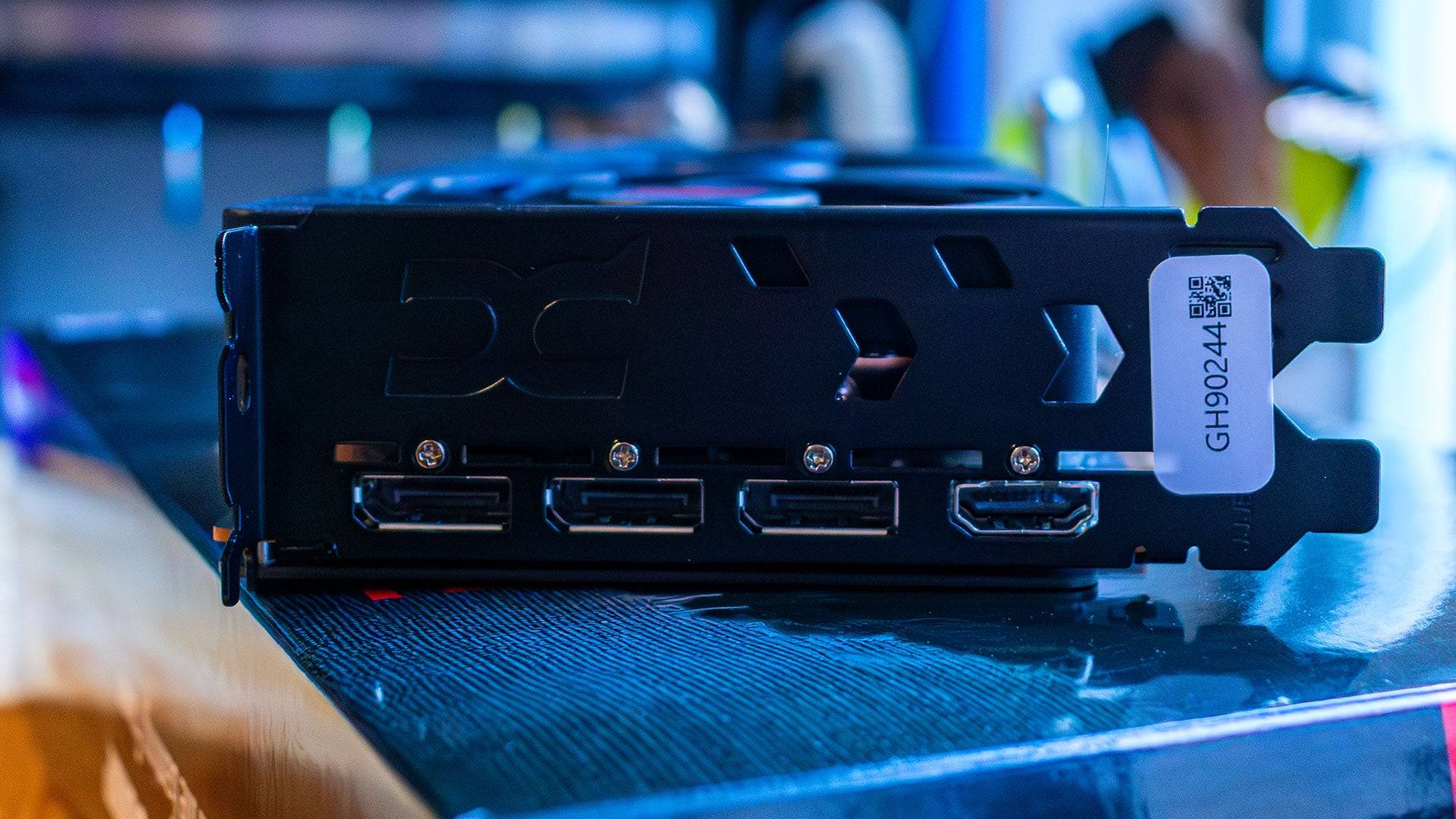
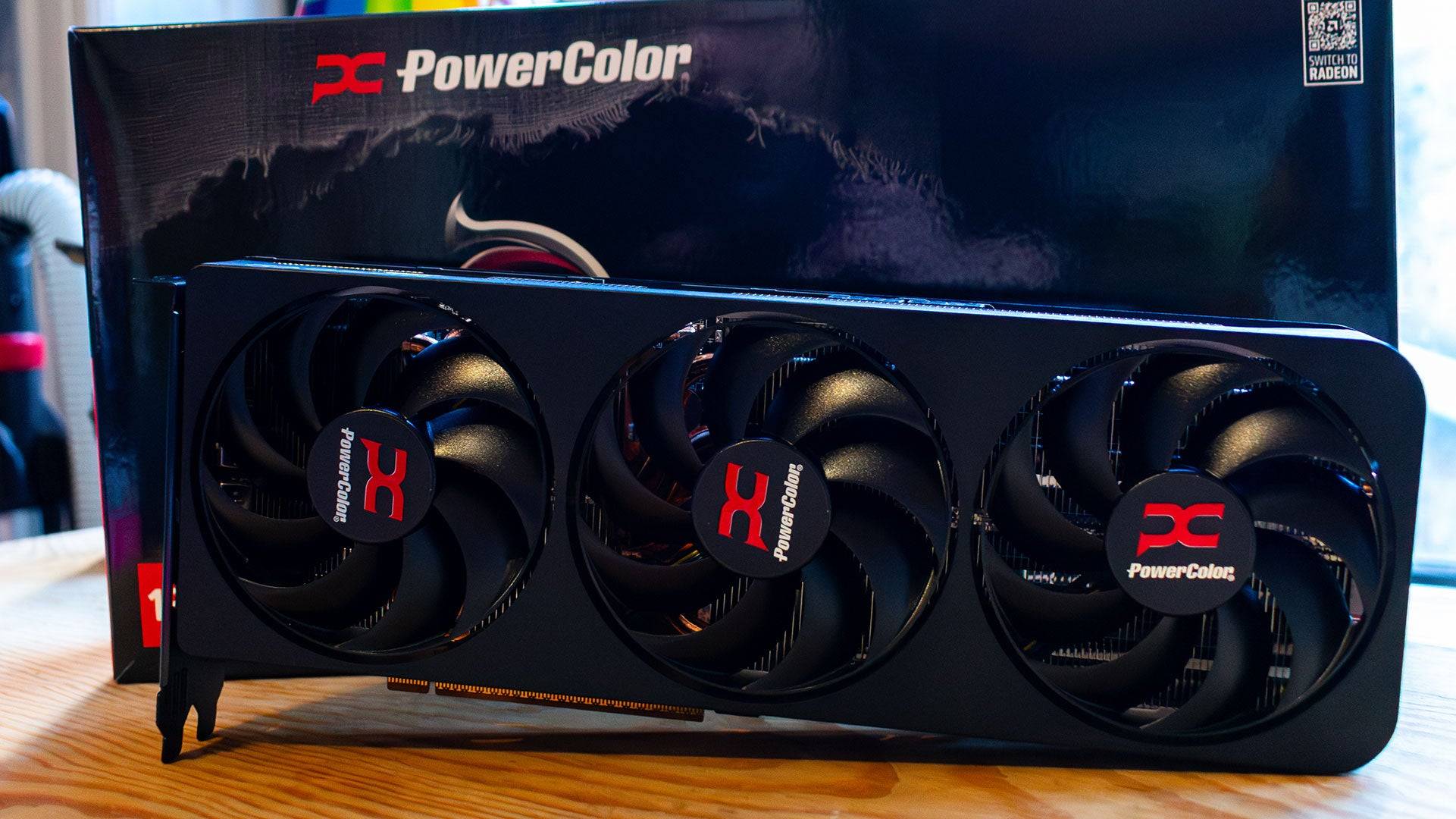 4 Images
4 Images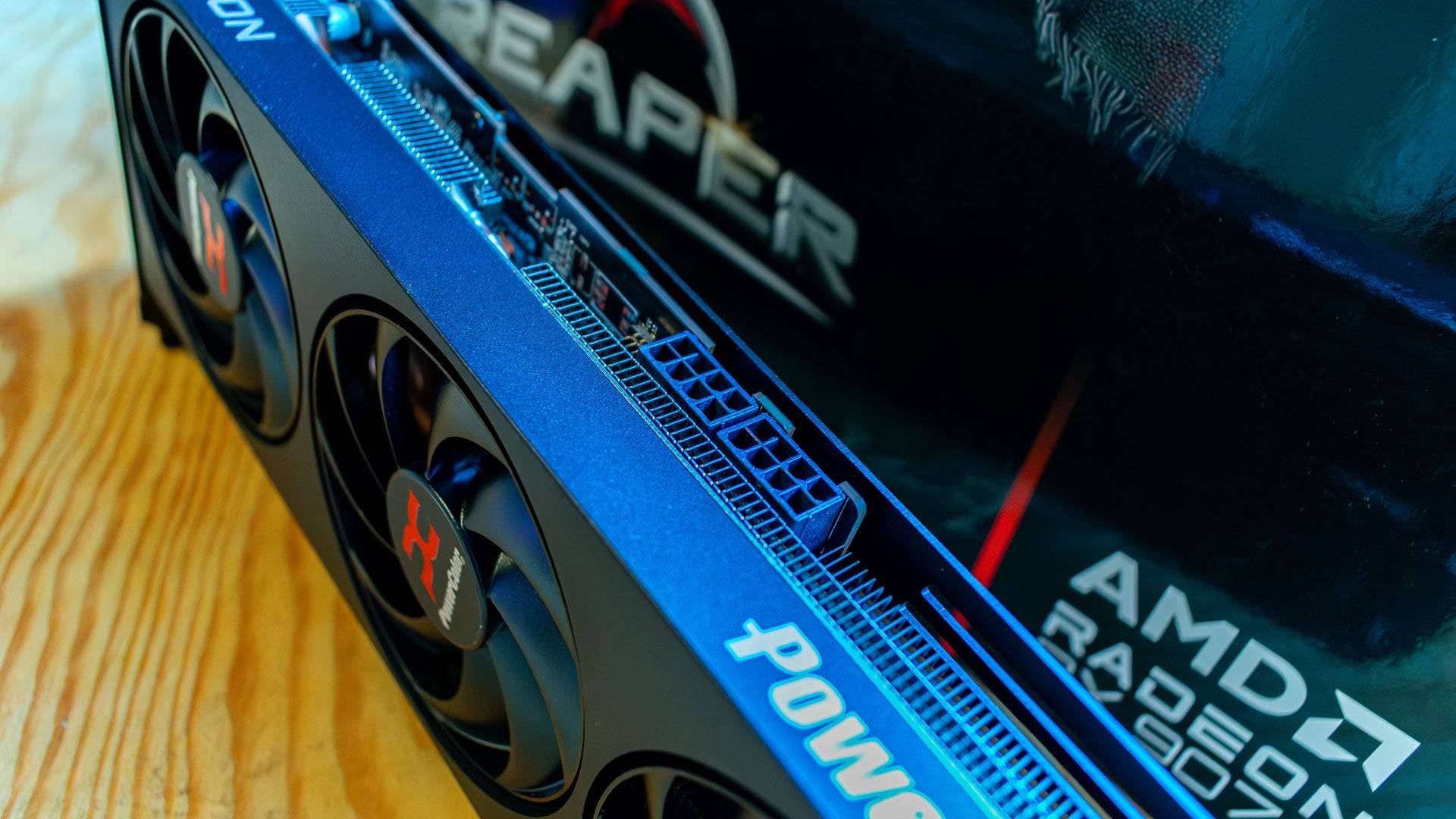
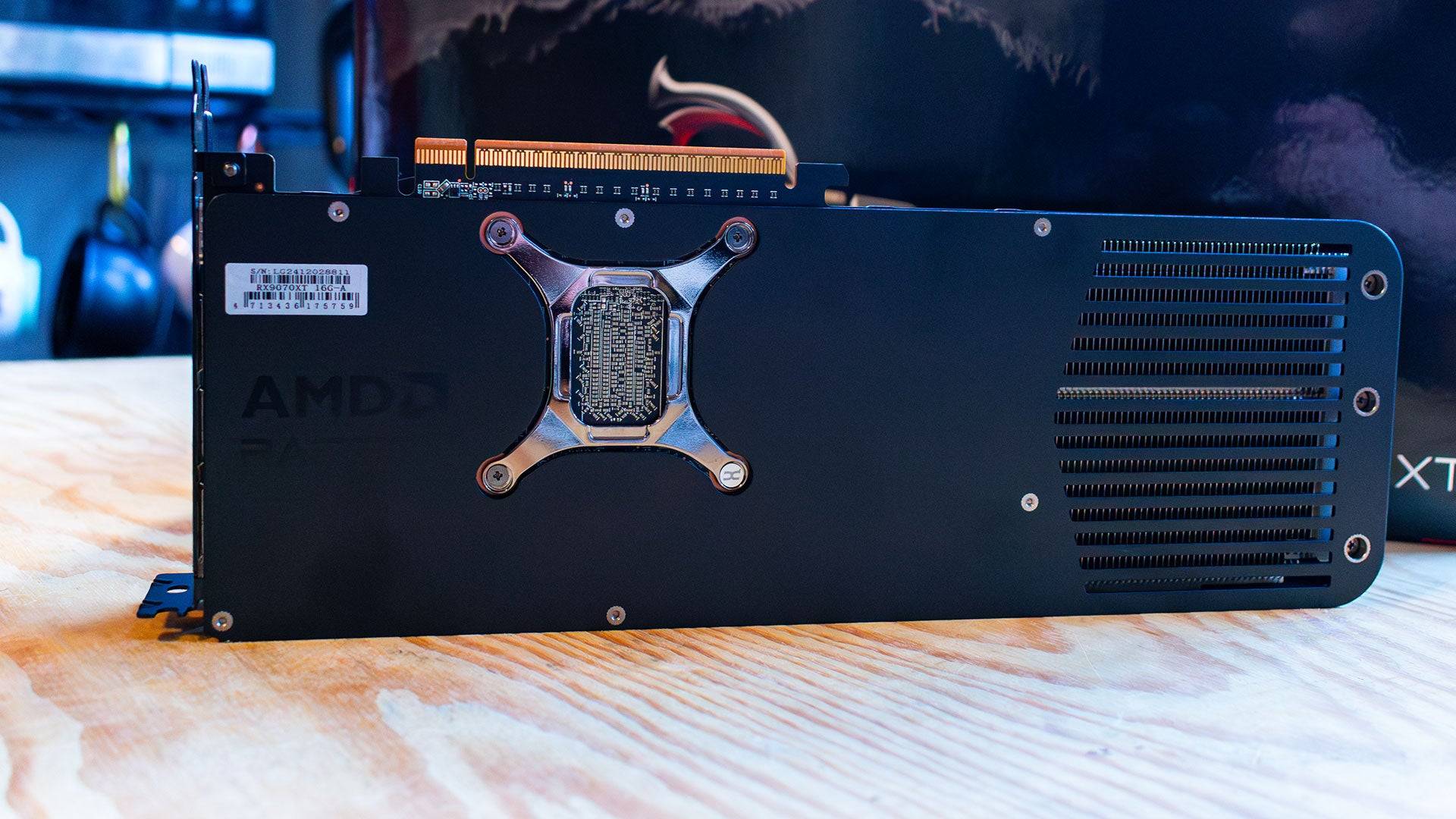
RTX 5070 Ti vs. RX 9070 XT: Specs
Comparing the specifications of these two graphics cards is challenging due to their different architectures. Nvidia's CUDA cores and AMD's Shading Units, although similar in function, are not directly comparable in terms of quantity alone.
The AMD Radeon RX 9070 XT features 64 RDNA 4 compute units, each with 64 shader units, totaling 4,096 shader units. Each compute unit also includes two AI Accelerators and one RT Accelerator, resulting in 128 and 64, respectively. Coupled with 16GB of GDDR6 memory on a 256-bit bus, this card is well-equipped for modern gaming, though it may face challenges with future 4K titles.
On the other hand, the Nvidia GeForce RTX 5070 Ti comes with 16GB of GDDR7 memory, which offers higher speeds than GDDR6, also on a 256-bit bus, providing greater bandwidth. It boasts 70 Streaming Multiprocessors with a total of 8,960 CUDA Cores. This is double the Shader Units per Compute Unit compared to AMD's offering, a trend Nvidia has followed since the RTX 3080. However, this doesn't necessarily translate to double the performance.
Winner: Nvidia GeForce RTX 5070 Ti
AMD Radeon RX 9070 XT & 9070 – Benchmarks
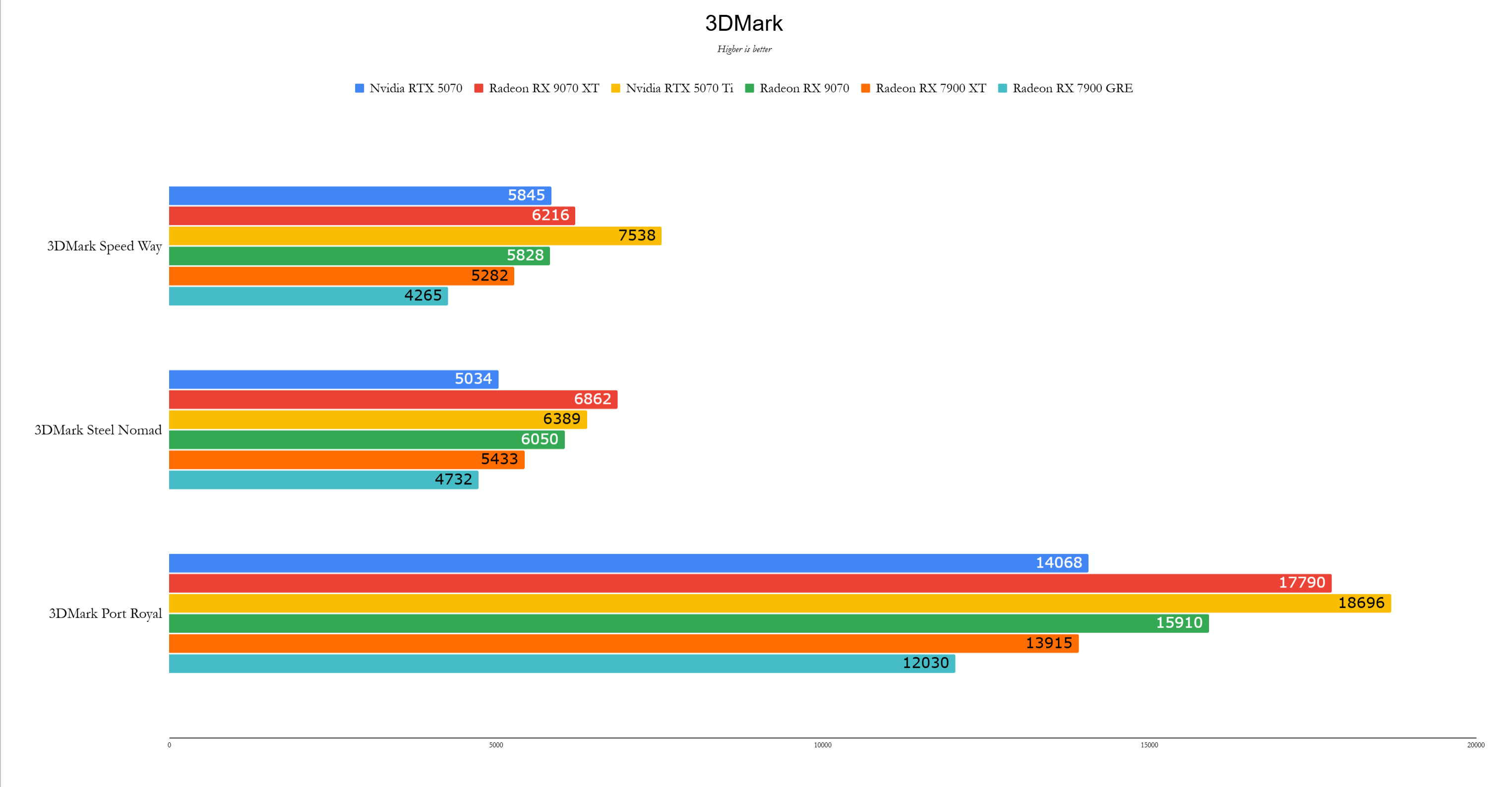
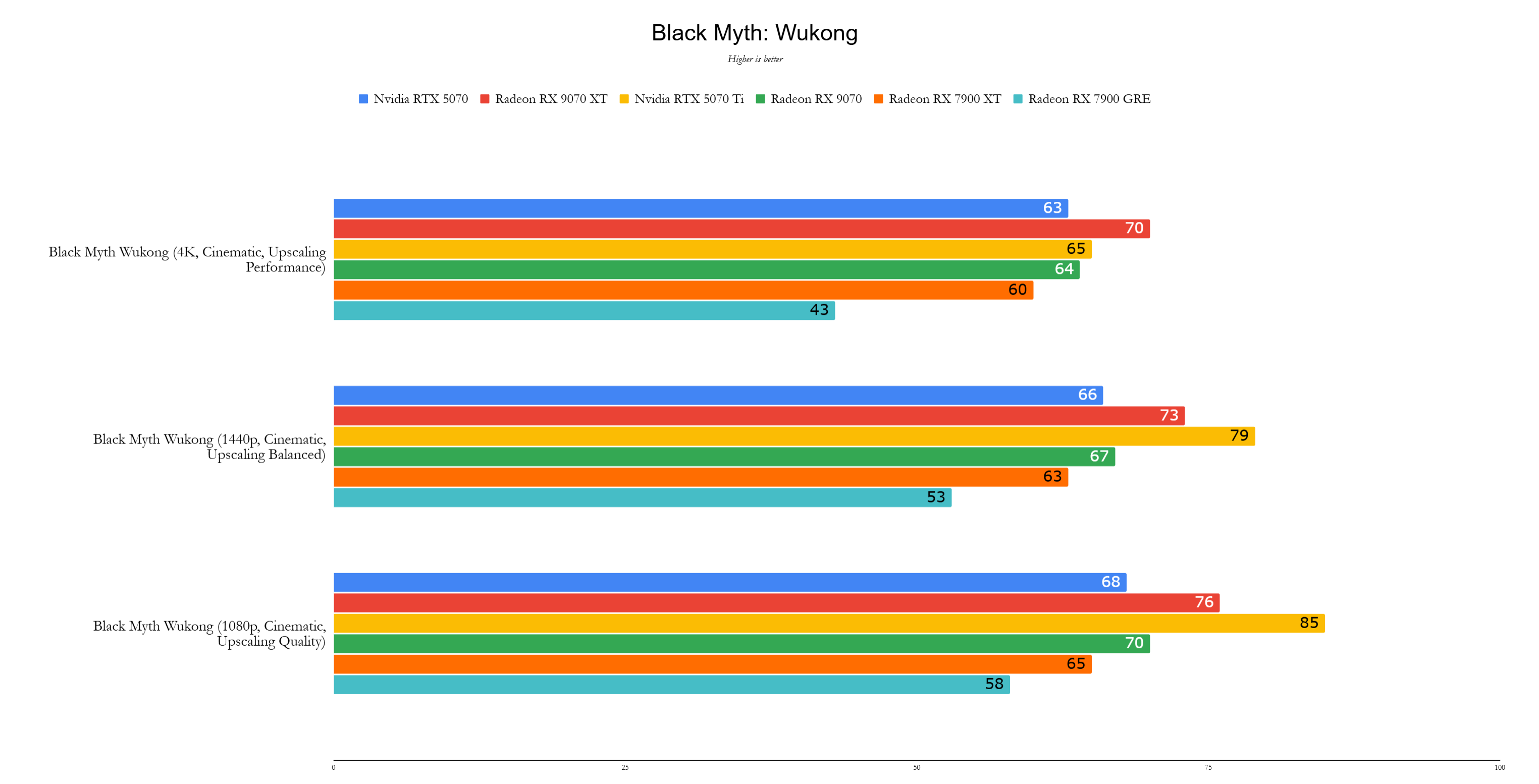 11 Images
11 Images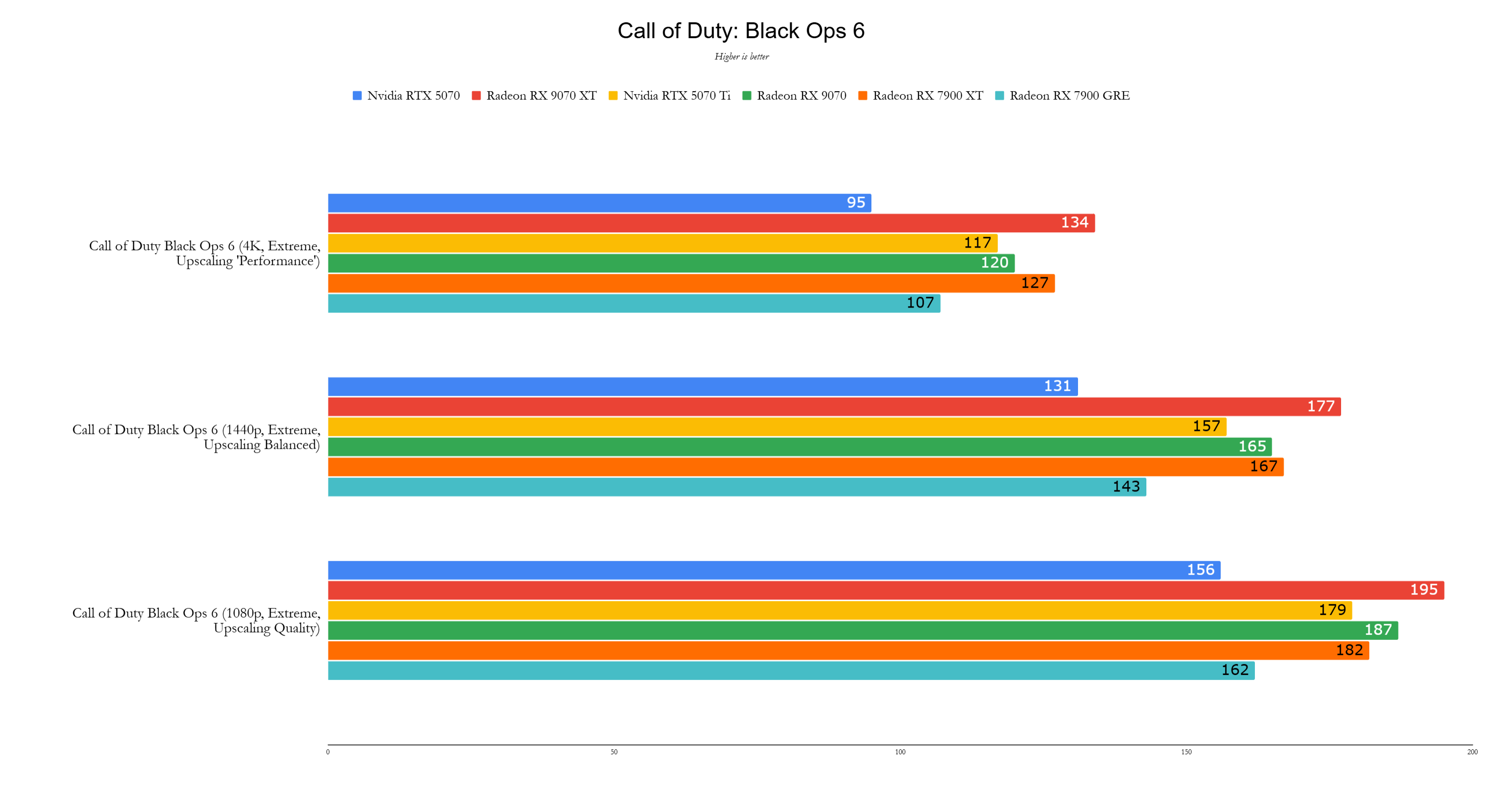
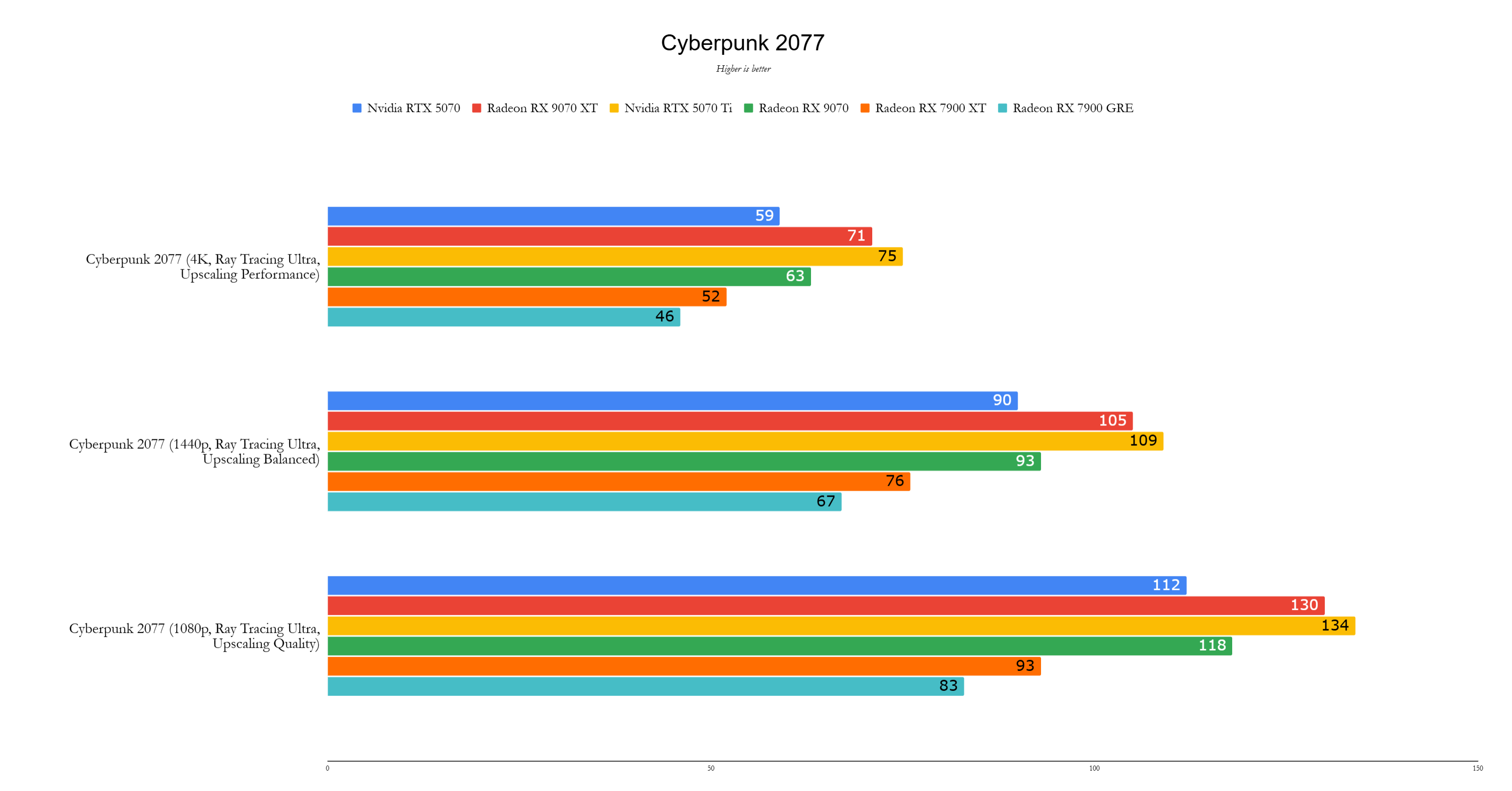
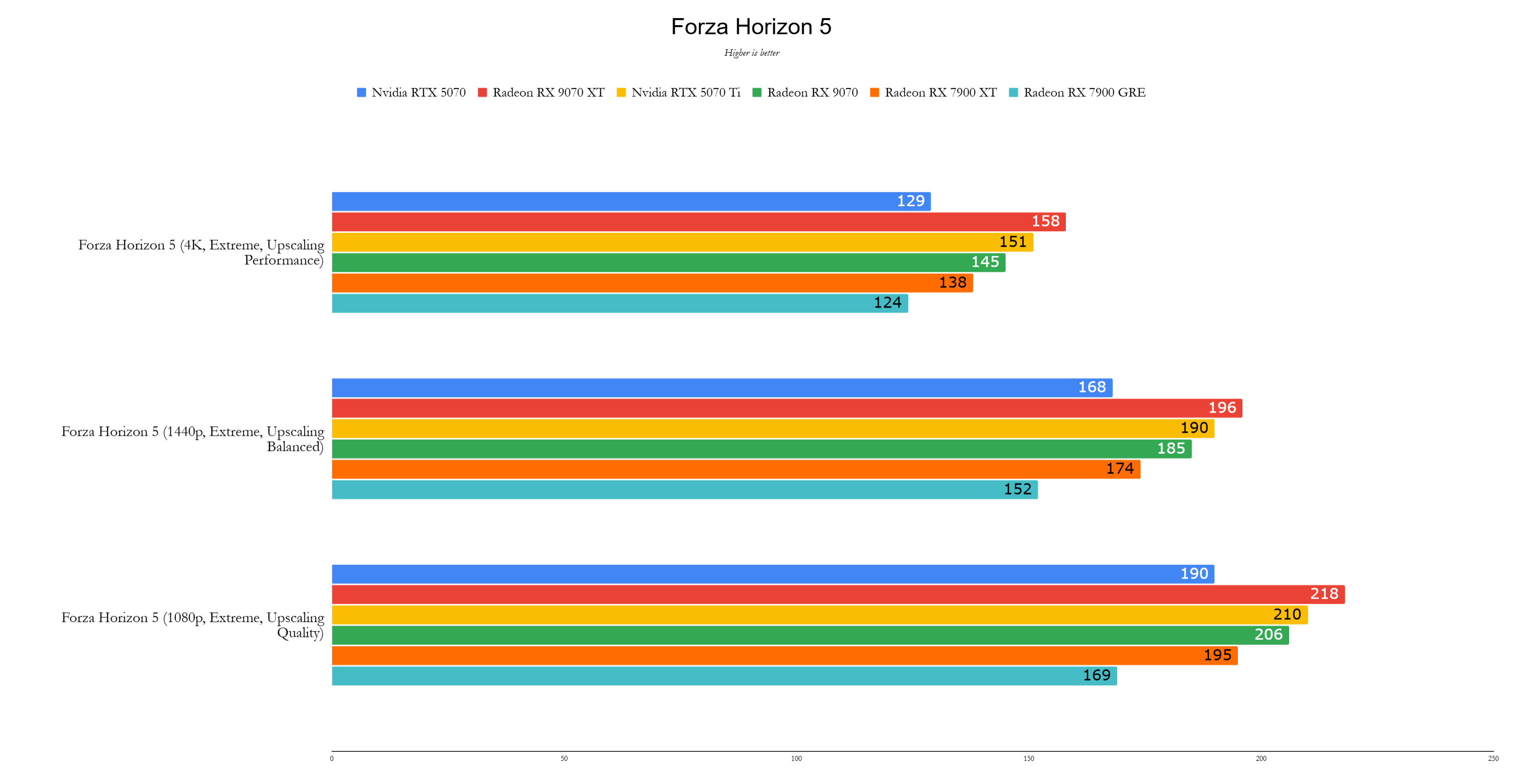
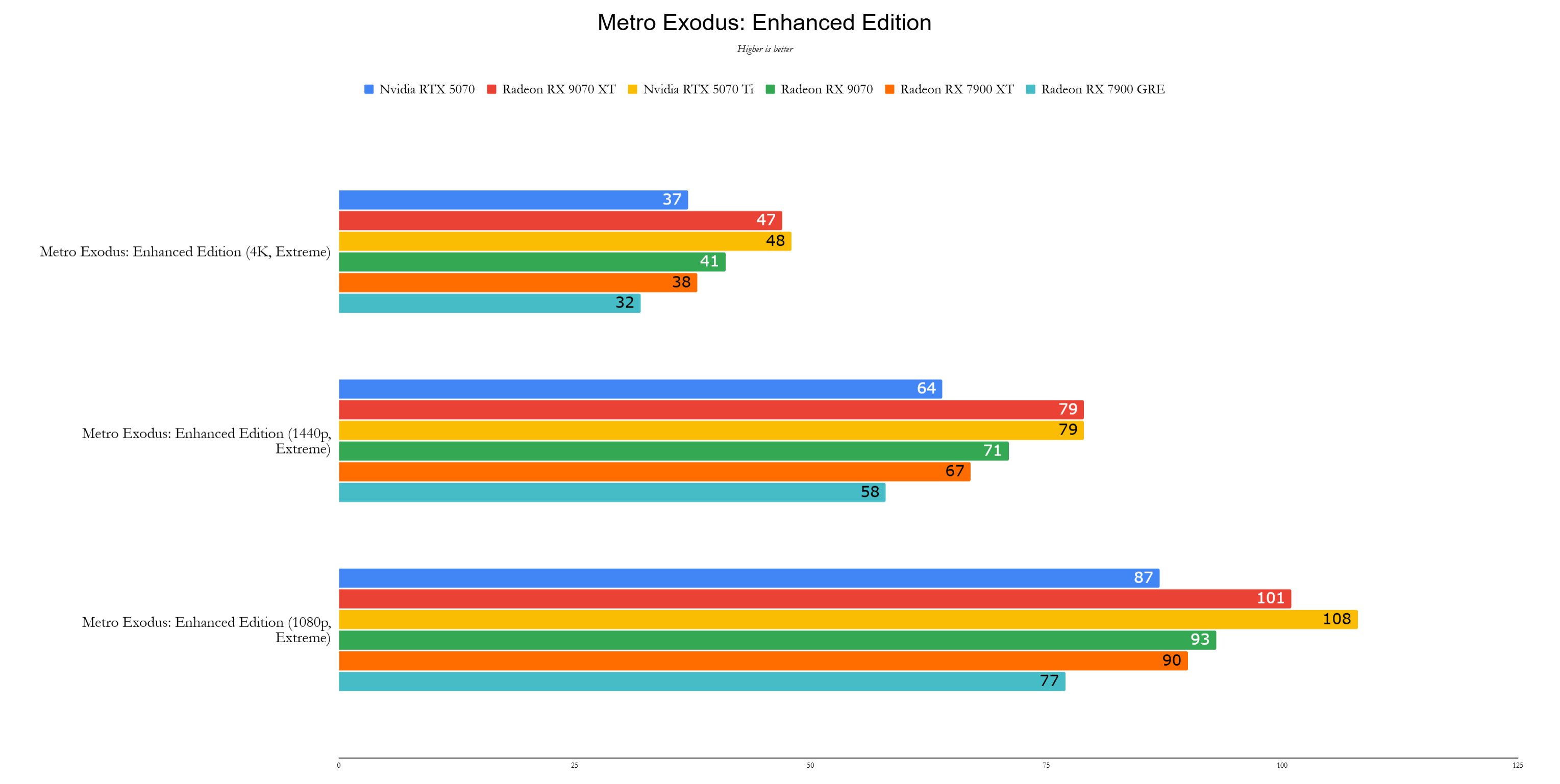
RTX 5070 Ti vs. RX 9070 XT: Performance
Despite the RTX 5070 Ti appearing superior on paper, real-world performance tells a different story. Both cards excel at 4K gaming and are top contenders for 1440p gaming as well. During my review of the AMD Radeon RX 9070 XT, I anticipated it would trail behind the RTX 5070 Ti, especially in ray tracing-intensive games. However, even in titles like Cyberpunk 2077, the AMD card stayed remarkably close, within a few frames of the more expensive Nvidia counterpart.
In some games, such as Total War: Warhammer 3, the RTX 5070 Ti did pull ahead, achieving 87fps at 4K compared to the RX 9070 XT's 76fps. Yet, on average, the Radeon RX 9070 XT was 2% faster than the RTX 5070 Ti, a significant achievement given its lower price point.
Winner: AMD Radeon RX 9070 XT
Nvidia GeForce RTX 5070 Ti – Photos
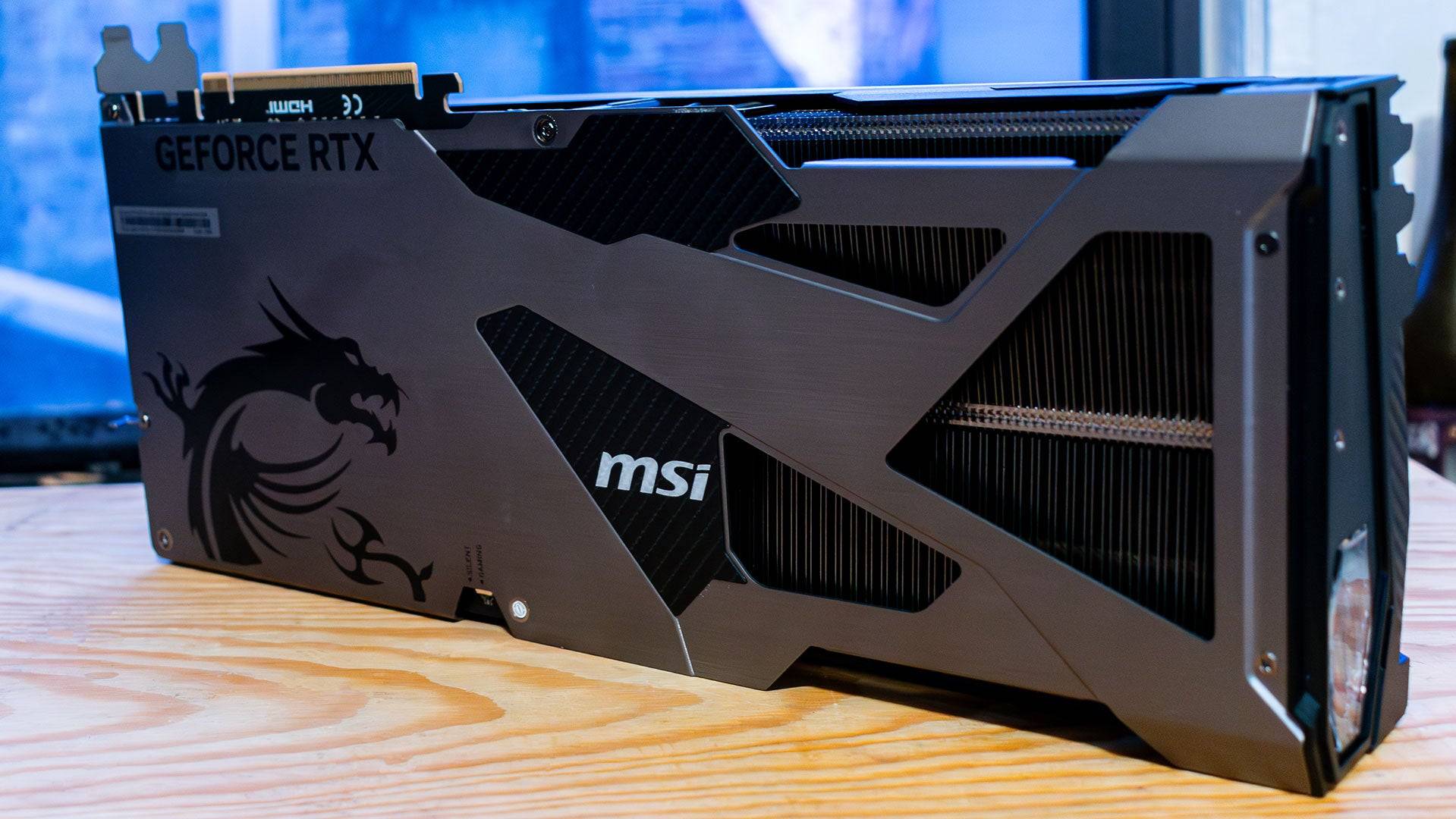
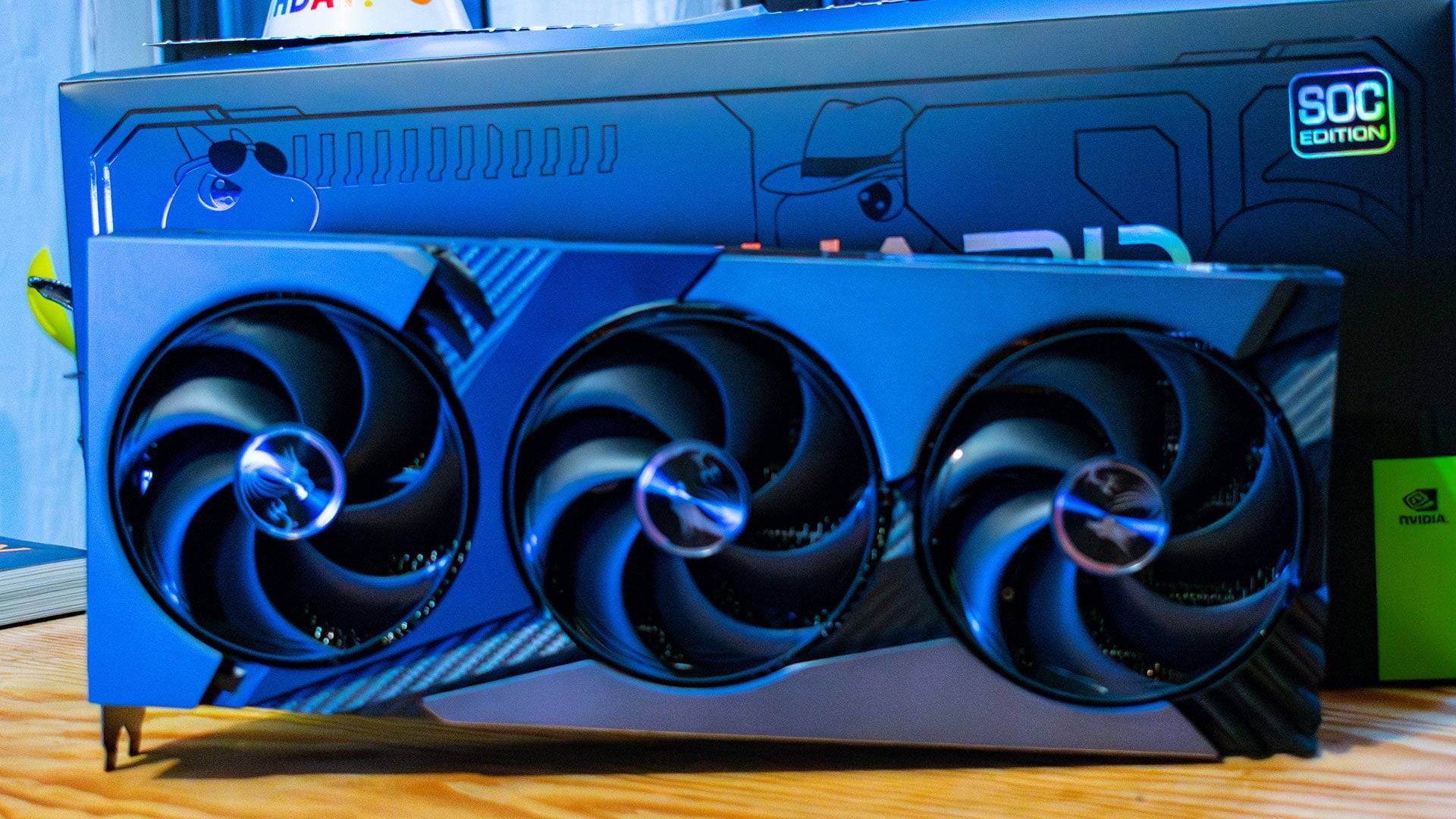 6 Images
6 Images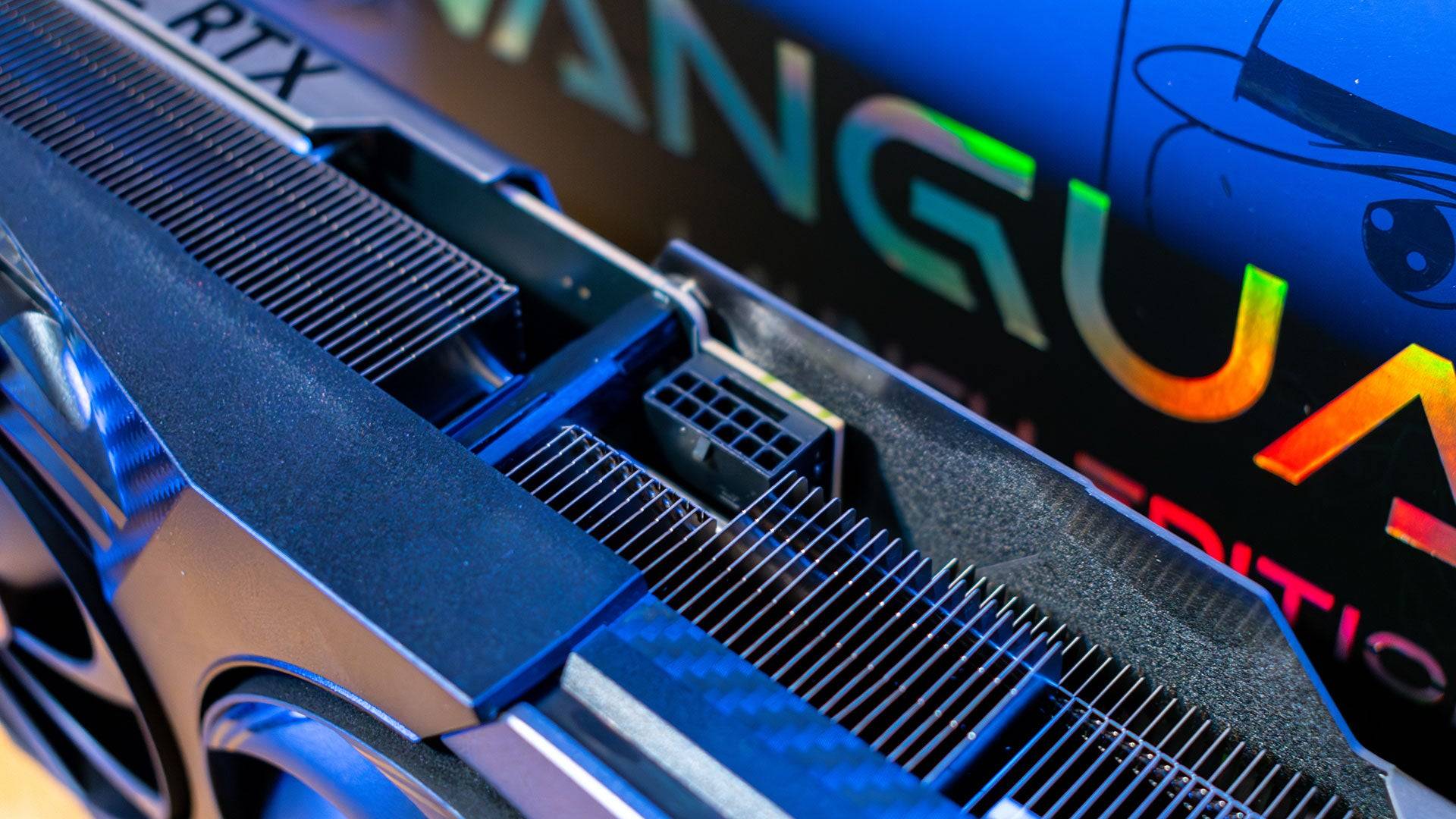
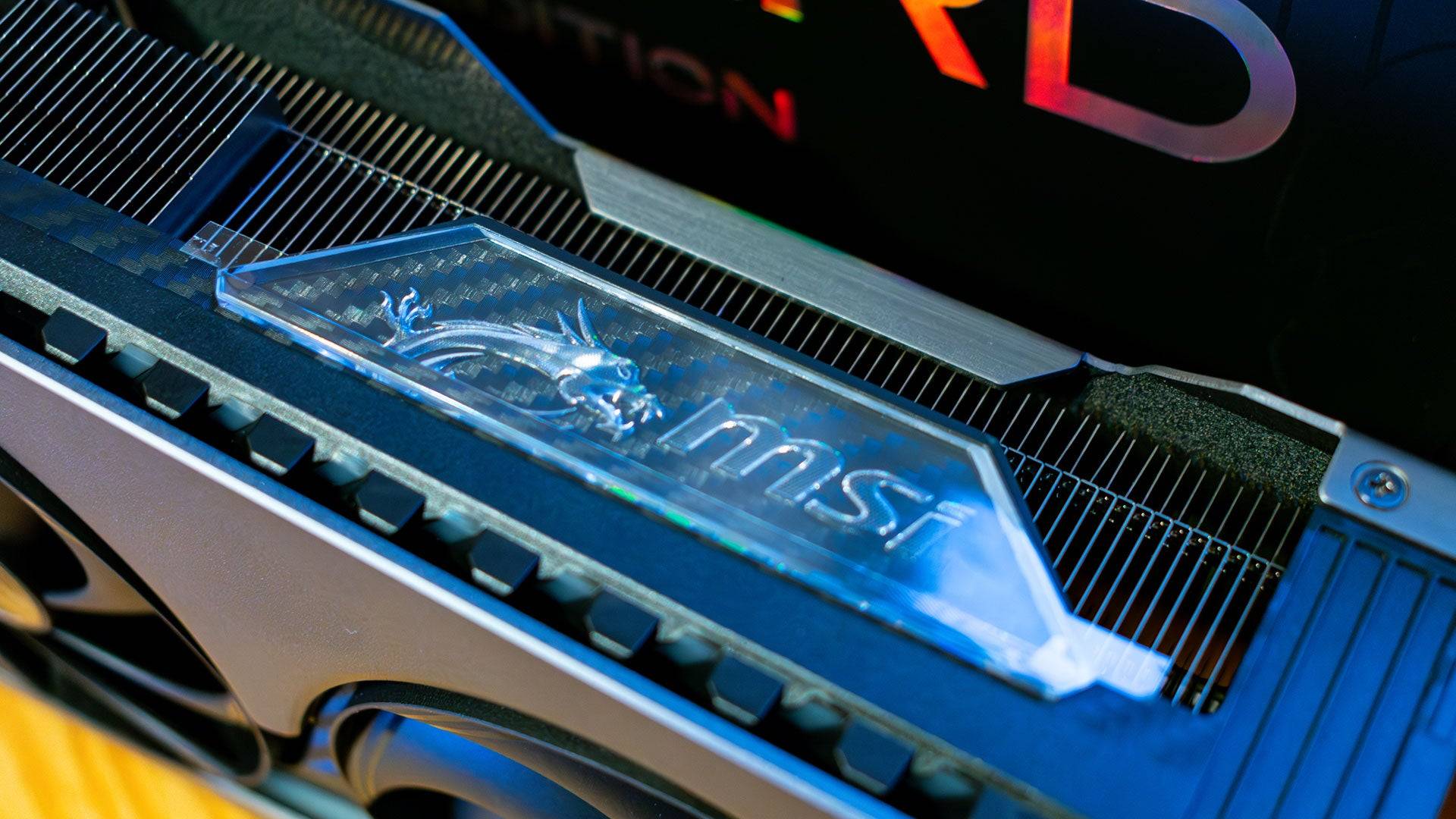
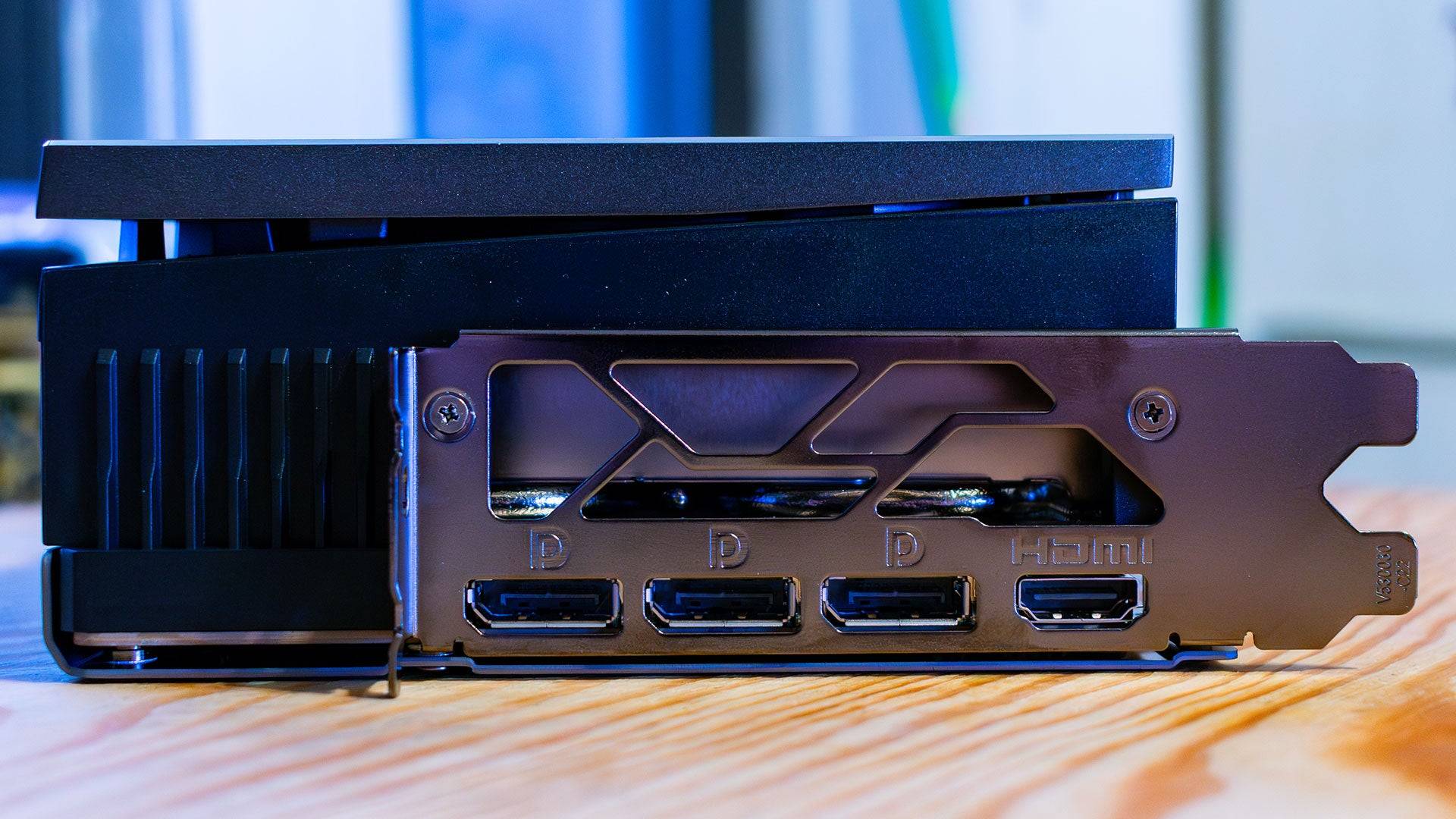

RTX 5070 Ti vs. RX 9070 XT: Software and Features
Selecting a graphics card today involves more than just hardware specs. Both Nvidia and AMD provide a suite of software features that enhance the capabilities of their cards.
The Nvidia RTX 5070 Ti stands out with its DLSS suite, including AI upscaling and Frame Generation. The latest DLSS 4 introduces multi-frame generation, allowing the RTX 5000 series to generate three AI frames for each rendered frame, significantly boosting frame rates with a minimal latency impact, thanks to Nvidia Reflex. However, this feature is best utilized when you're already achieving at least 45fps, ideally over 60fps.
AMD also offers Frame Generation, but it can only generate one interpolated frame per rendered frame. The significant advancement with the RX 9070 XT is FSR 4, introducing AI upscaling to AMD cards for the first time. Previously, FSR relied on temporal upscaling, which, while performant, could lead to less sharp images. FSR 4 leverages the Radeon RX 9070 XT's AI accelerators for machine learning-based upscaling, similar to DLSS, offering more precise results, though it's slightly slower than FSR 3.
It's worth noting that FSR 4 is AMD's first venture into AI upscaling, while Nvidia has refined DLSS over seven years.
Winner: Nvidia GeForce RTX 5070 Ti
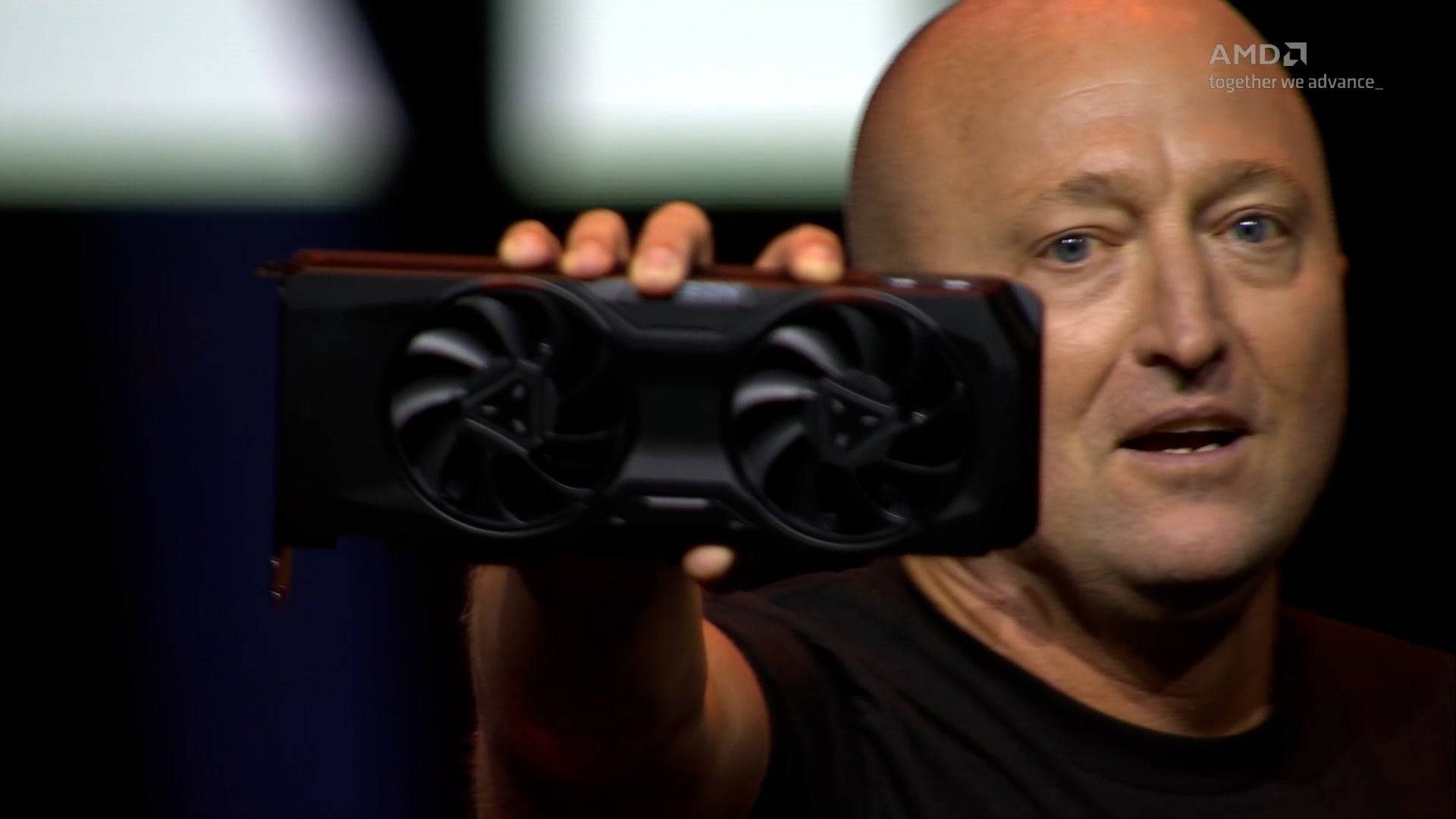
RTX 5070 Ti vs. RX 9070 XT: Price
Pricing for GPUs remains a contentious issue, with the new generation often sold out and prices inflated. Both Nvidia and AMD set suggested retail prices, but third-party sellers can adjust these at will. While it's uncertain how prices will evolve, we hope they'll eventually align closer to the MSRP as supply improves.
At launch, the AMD Radeon RX 9070 XT, priced at $599, stands out as a fantastic value for a 4K gaming card, especially when paired with the new FSR 4 AI upscaler. This price point harks back to when flagship GPUs were more affordable, before Nvidia's gradual price increases starting with the RTX 2080 Ti.
In contrast, the Nvidia RTX 5070 Ti, despite its similar performance to the RX 9070 XT, comes with a higher base price of $749. This $150 difference is significant, especially for cards that perform so similarly. Nvidia's additional features, like Multi-Frame Generation, may justify the cost for some, depending on their gaming needs and monitor capabilities.
Winner: AMD Radeon RX 9070 XT
The Winner Is… the AMD Radeon RX 9070 XT
Both the AMD Radeon RX 9070 XT and Nvidia GeForce RTX 5070 Ti are excellent choices for 1440p and even 4K gaming. However, the RX 9070 XT's ability to deliver comparable performance at a significantly lower price makes it the clear winner. As prices hopefully stabilize, the value proposition of the AMD Radeon RX 9070 XT becomes even more compelling.
For those building a high-end gaming PC, the AMD Radeon RX 9070 XT is a top recommendation. While it may not offer multi-frame generation, this feature is less crucial for most gamers who don't own high-refresh 4K monitors.







